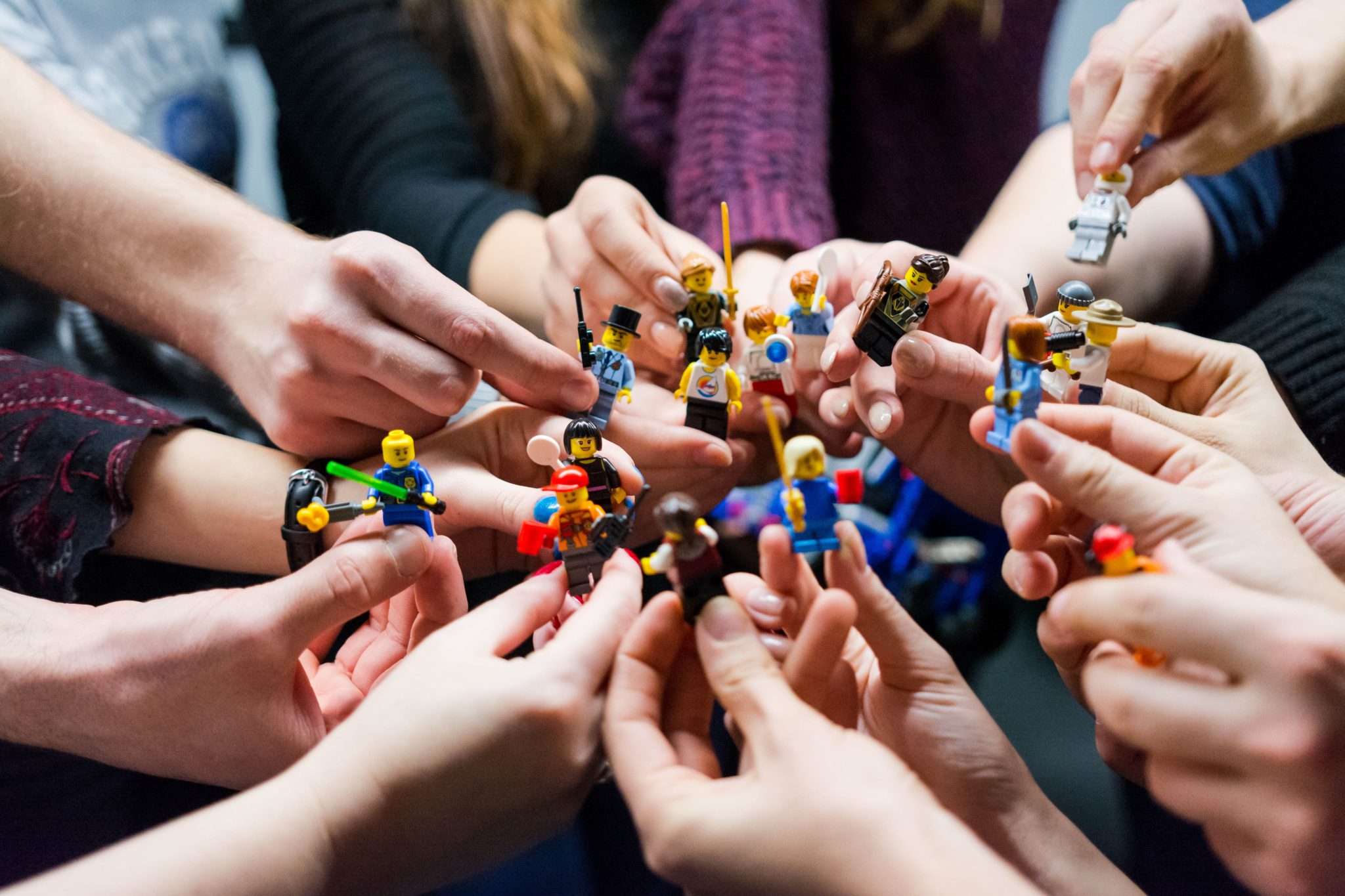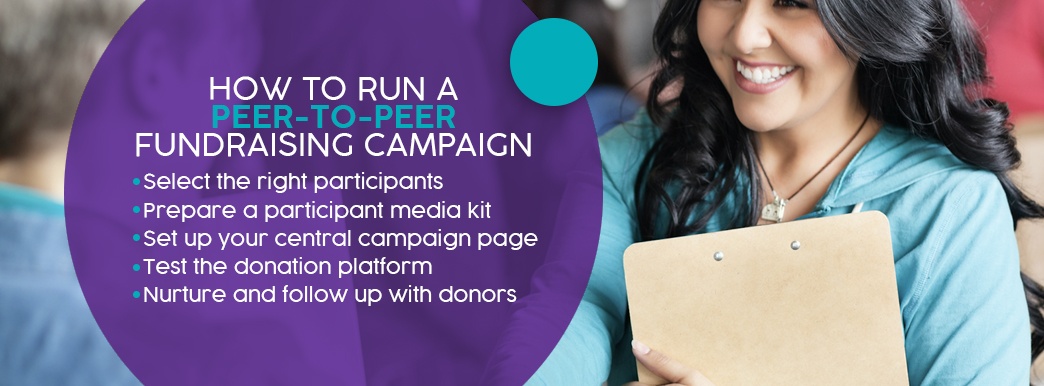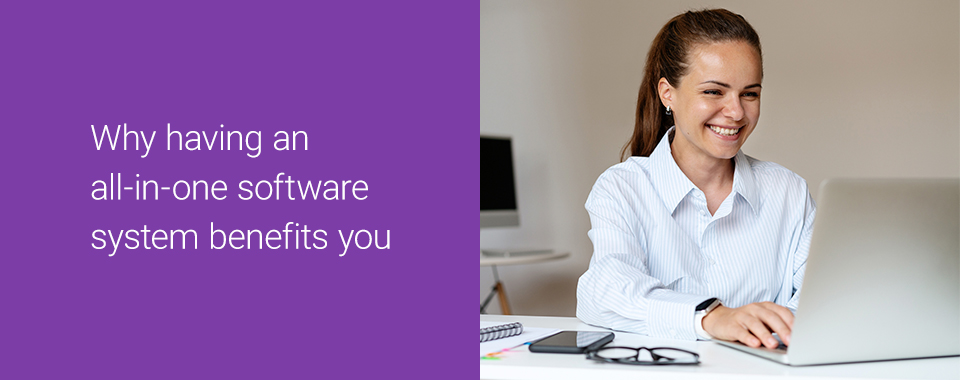Dec 19, 2019
Peer-to-Peer Fundraising

What is this form of social campaigning, who uses it and which causes does it work best for? Let’s break down the details of peer-to-peer fundraising for your nonprofit to embrace, creating a new, engaging fundraising strategy that nurtures online donations for pivotal initiatives — all while growing your following.
How Peer-to-Peer Fundraising Works
How to Run a Peer-to-Peer Fundraising Campaign
Peer-to-Peer Fundraising Platforms
Peer-to-Peer Fundraising Ideas
Why Peer-to-Peer Fundraising Works
How peer-to-peer fundraising works
Peer-to-peer fundraising — otherwise known as social fundraising — operates around a unique partnership between a host nonprofit and individual participants.
Peer-to-peer fundraising campaigns begin with a nonprofit vetting their networks. The goal here is to select critical supporters and vocal brand ambassadors, ones who will agree to participate in your fundraising. Those selected participants then commit to raising money for your nonprofit, typically for a specific project or initiative with a set fundraising deadline.
After setting up their donation pages with your assistance, participants then reach out to their networks. Participants share their donation page across social media and email, explaining your cause and putting a personalized touch on donation appeals. As such, these individual campaign pages become your initiative’s central fundraising mechanism — and your ticket to increased campaign fundraising and, simultaneously, increased name recognition. At the end of the campaign, all individual participant proceeds then transfer back to your nonprofit.
1. Types of peer-to-peer fundraising campaigns
There are three main types of peer-to-peer fundraising strategies.
- Sponsorship peer-to-peer fundraisers: In this peer-to-peer model, participants solicit sponsors who donate to them during a predetermined activity. Sponsorship peer-to-peer fundraising works best for events like marathons, walkathons, races, and similar activities.
- Situational peer-to-peer fundraisers: In this peer-to-peer model, participants pledge to participate in a viral or in-person challenge once they receive a specific amount of donations. For example, a participant promises to do a live-streamed polar bear plunge after raising $2,000.
- Direct appeal peer-to-peer fundraisers: In this peer-to-peer model, participants share an open call for donations without having to do a specific challenge or end-goal activity. It is the most straightforward form of peer-to-peer fundraising that ensures anyone — regardless of age or physical ability — can be an advocate for your cause.
2. Peer-to-peer fundraising opportunities and outcomes
Digital technology continues to alter the nonprofit fundraising landscape. Today, nonprofits can no longer ignore the mounting industry stats and studies underscoring the importance of digital-first fundraising strategies like peer-to-peer.
- Two-thirds of charities want to be more digitally savvy: Over 60% of charities see the benefits of online donation campaigns like peer-to-peer fundraising. Around 53% of them recognize digital communications and fundraising platforms as a way to stay relevant and connected with their audiences, particularly when digital campaigns are integrated into strategic planning, not just ad-hoc usage.
- A third of donations come from social media asks: Roughly 35% of peer-to-peer nonprofit donations came after donors saw a fundraising page shared on social media.
- Peer-to-peer campaigns simultaneously attract many target donor demographics: Gen Xers and millennials are the most likely age groups to give to an online peer-to-peer fundraiser. However, their older and younger generational counterparts aren’t far behind. Experts estimate that in 2020, nearly one-third of Gen Z will donate to a nonprofit and will be most motivated by compelling storytelling — precisely what you cultivate with peer-to-peer donation pages.
How to run a peer-to-peer fundraising campaign
There are a few central steps to orchestrating, then administering, a successful peer-to-peer fundraising campaign. Here are some peer-to-peer fundraising best practices to consider.
1. Select the right participants
Prime participant candidates are those who’ve already expressed buy-in to your nonprofit’s mission and values. These will likely be a wide range of individuals, each with different motivations for supporting your endeavor.
Review your nonprofit’s list of contacts and related networks. From there, you can begin to identify likely participants who will serve as campaign brand advocates, starting with the following groups.
- Current or former staff
- Volunteers
- Board of directors
- Family members
- Friends
- Co-workers or colleagues
- Community members affected by your cause
2. Prepare a participant media kit
Make it as easy as possible for your participants to secure donations from their networks. Don’t leave them on their own to create secure fundraising pages or email campaigns. Likewise, media kits will harmonize the campaign’s materials, giving everything a cohesive look across color schemes, fonts, pictures, and logos.
3. Set up your central campaign page
Your campaign page will track aggregate donation totals as well as broadcast the primary cause behind the peer-to-peer fundraiser. Make sure that the page includes the following details.
- Your why: What’s the target goal of the peer-to-peer campaign? What project, initiative or need will the aggregated funds go toward?
- Donation difference: What’s the intended outcome of your project or initiative? How will it make a difference in your community or address a particular need?
- Donation thermostat: Track in real-time the total amount of funds received, plus how close you are to achieving your target fundraising goal.
- Donor and participant recognition: How do you intend to thank all individual donors, as well as the participants who recruited them?
4. Test the donation platform
One in five donors has experienced payment processing difficulties when trying to make an online contribution. Ensure your payment portal is secure, fast and easy to navigate before launch.
5. Nurture and follow up with donors
Create follow-up campaigns that keep donors engaged post-contribution, such as through email or text alerts. These follow-up touchpoints are especially vital for first-time donors, ensuring they stay connected to your nonprofit in meaningful ways — not just as a pocketbook.
Best peer-to-peer fundraising platforms
Today, mobile donation platforms provide the best tool to create, launch and manage a peer-to-peer fundraising strategy.
Over 60% of nonprofits have already invested in peer-to-peer tools. Why? These pieces of software come with everything you need for social fundraising, namely through their suites of software features assisting in every peer-to-peer campaign function.
There are numerous advantages to using a mobile donation platform like GiveSmart’s to launch successful peer-to-peer fundraisers, including:
- A centralized event site to house your campaign
- Analytic dashboards to track total giving
- Live donation displays/thermometer visuals
- Safe payment processor already integrated into the software
- Social media sharing options
- Sponsorship recognition and thank-you message generation
- Item and event management tools, necessary if your peer-to-peer fundraiser has an accompanying event
- And more management features to create your best peer-to-peer fundraising campaign
Peer-to-peer fundraising ideas
Peer-to-peer fundraising events work best when they capture attention and spark immediate emotional involvement from donors and participants alike.
Get inspired by these top peer-to-peer fundraising themes and event ideas.
-
- Community scavenger hunt, with sponsored participants out and about for a day in the community
- Walkathons/runs/rides with sponsored proceeds going toward your nonprofit
- Birthday drives where participants ask for donations to your nonprofit rather than gifts
- Game/poker nights where winners give their earnings back to your charity
- “Face your fear” challenge, motivating participants to confront one of their nagging fears after hitting their target donation amount
- Viral selfie encouraging others on social media to post a themed selfie with your nonprofit’s info and donate to your cause
- Video game marathons, which are particularly popular with millennials and Gen Z donors
- Activity-a-thons, from yoga to dog walking to Zumba to bowling and more, with participants performing the activity for a targeted amount of time, based on their donations
- Miscellaneous quirky campaign: Remember no-shave November or the Ice Bucket Challenge? Get inspired by similar social campaigns where participants pledge to partake in a creative, funny, out-of-the-ordinary habit or activity of your devising until they reach a stated giving amount. Go ahead and have some fun here — the quirkier the campaign, the better!
Why peer-to-peer fundraising works
Peer-to-peer fundraising lets you reach beyond the room, widening your donor network, increasing brand recognition and — ultimately — assuring sustainable funding for your nonprofit.
Looking for more ways to engage donors and secure nonprofit revenue streams? Talk to our team at GiveSmart for the latest in nonprofit fundraising and management tutorials, insights and expertise.
Related





